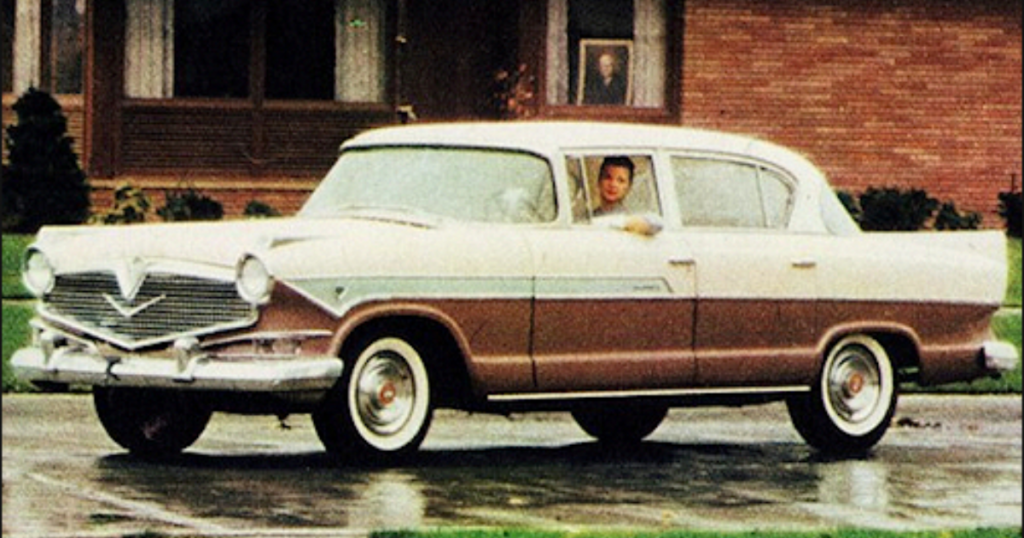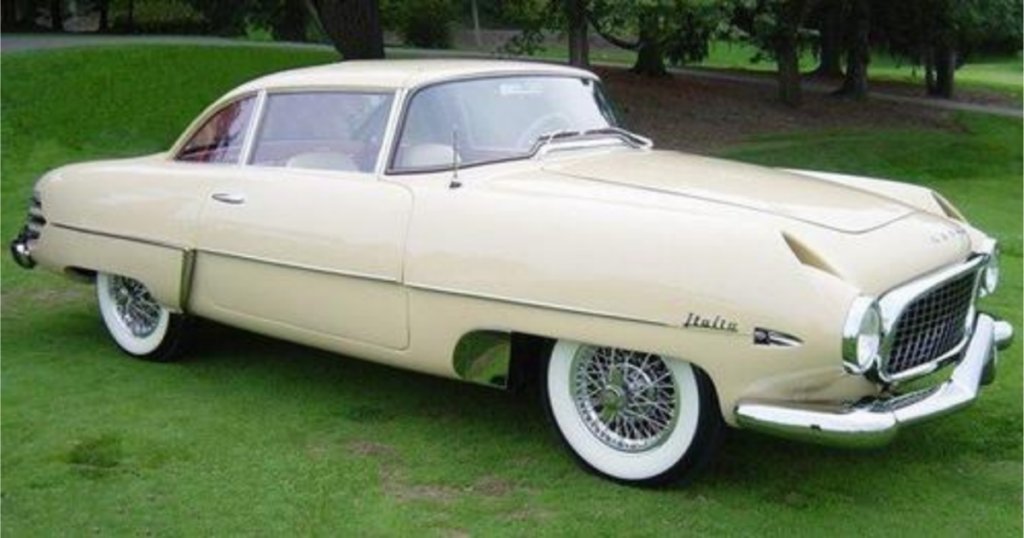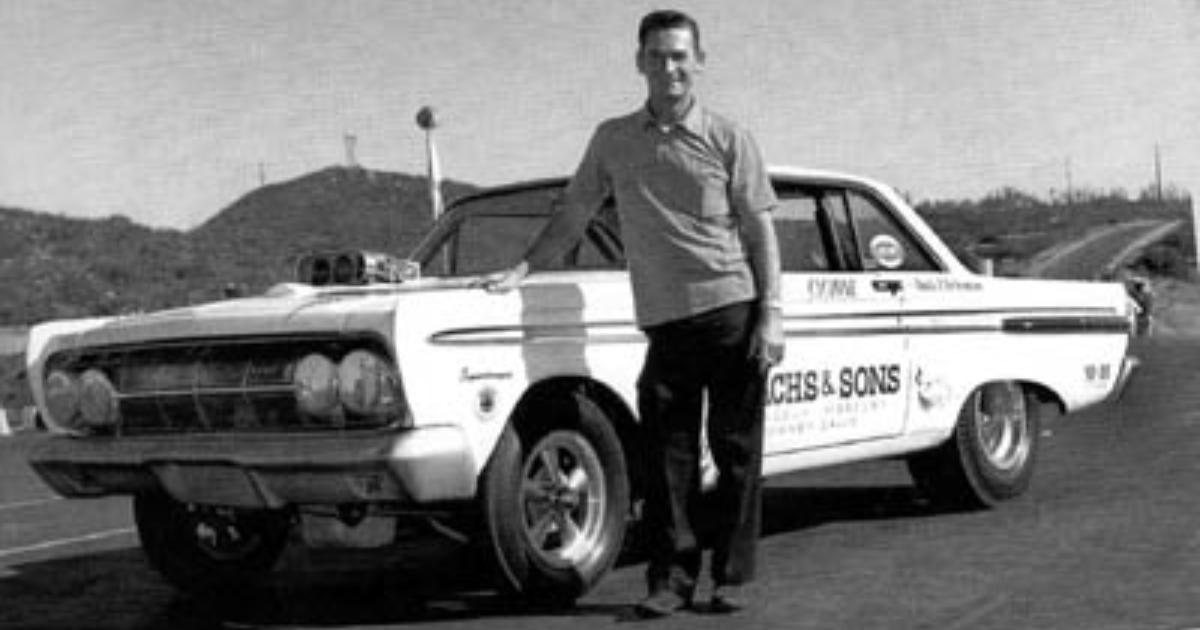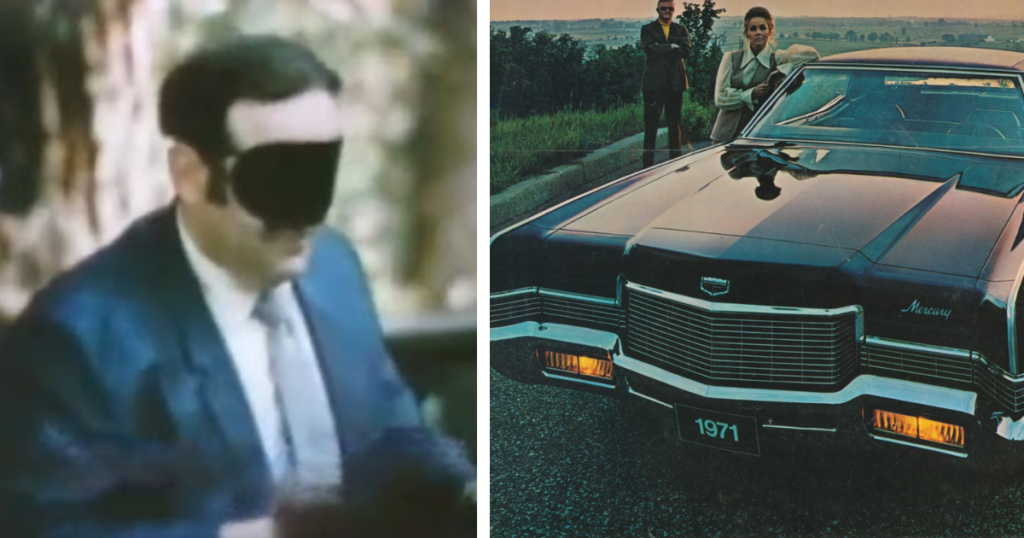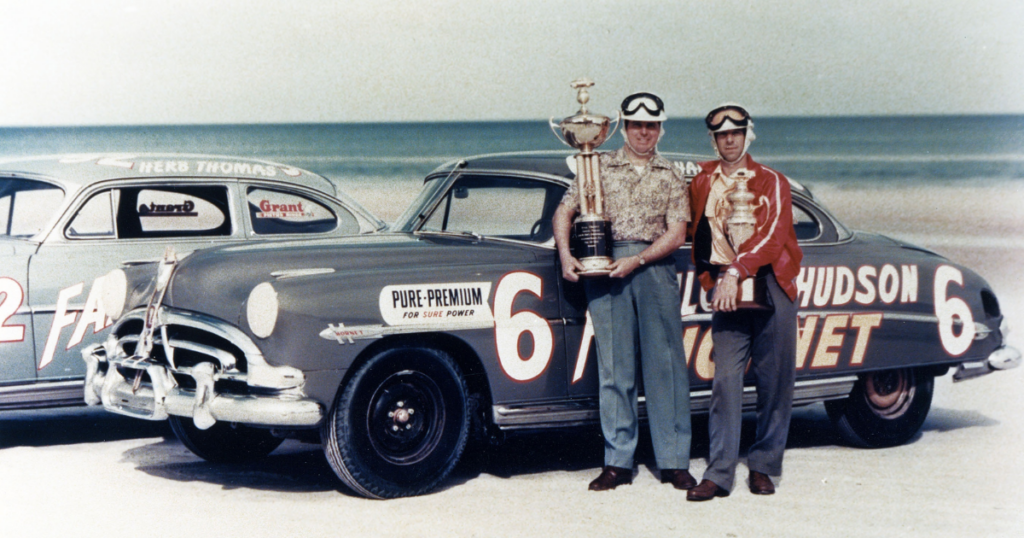
The step-down era of Hudson cars from 1948 to 1954 included various models like the Wasp, Commodore, Pacemaker, and the iconic Hornet. Contrary to popular belief, the Hornet was introduced in 1951 as a premium model based on the deluxe-sized Commodore, featuring special exterior trim, unique interior appointments, and distinct Hornet emblems.
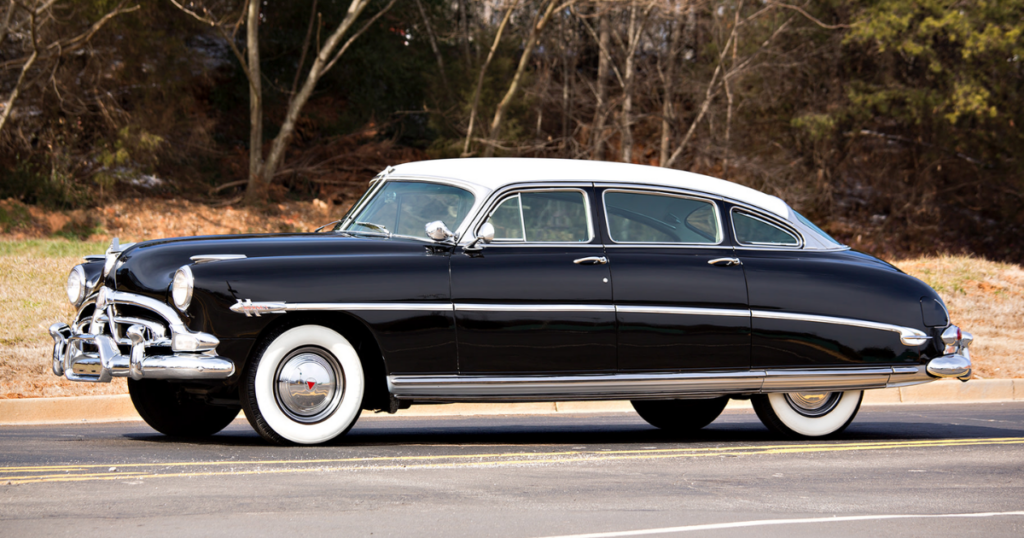
Initially offered in three body styles—a two-door Club Coupe, a four-door Sedan, and a two-door Convertible Brougham—a Hollywood two-door pillarless hardtop joined the lineup mid-year. In its first year, the Hornet became Hudson’s most popular model, with almost 44,000 units sold at $2,568.
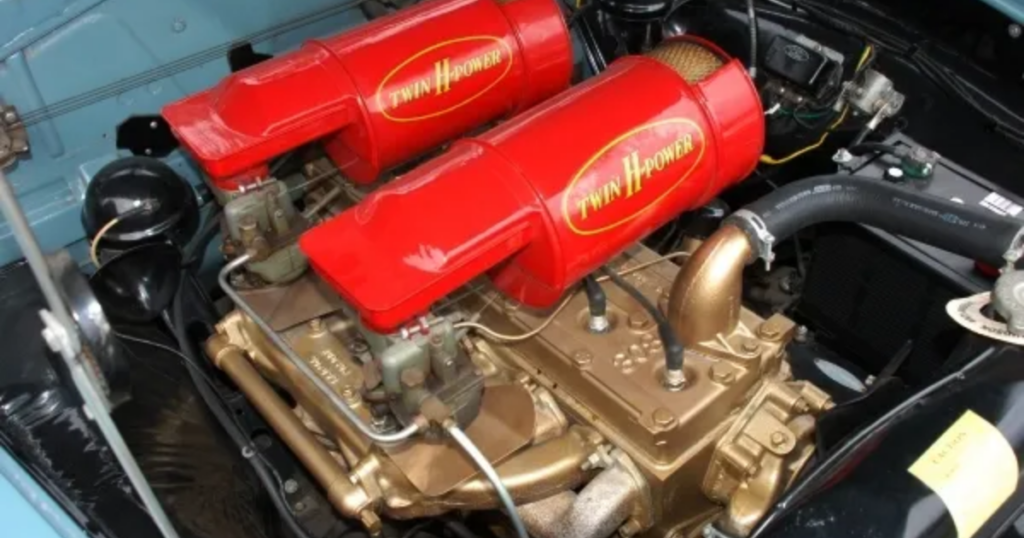
The standout feature of the Hornet was its engine, the H-145, a robust flathead six with 308 CID. The baseline H-145 produced 145 horsepower and 275 lb-ft of torque, outperforming contemporary V8 engines. The Twin-H Power version, introduced in mid-1951, featured dual Carter carburetors and was eventually rated at 170 hp. Known for its over-engineering, the H-145 could be paired with a three-speed manual or General Motors Hydra-Matic transmission.
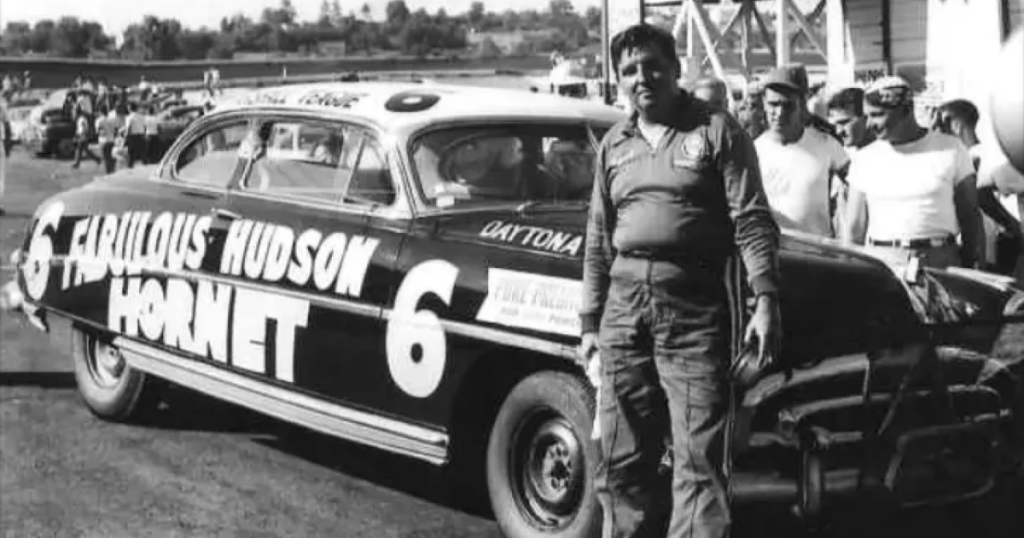
Marshall Teague, a NASCAR driver, acquired factory sponsorship after realizing the Hornet’s potential in stock car racing and becoming the first driver in NASCAR to receive manufacturer support. Hudson’s commitment to racing included developing special components and the 7X engine, a factory-blueprinted version of the H-145. Teague, along with racers Herb Thomas and mechanic Smokey Yunick, achieved considerable success, with Teague winning seven NASCAR events and Thomas/Yunick dominating in 1953-54.
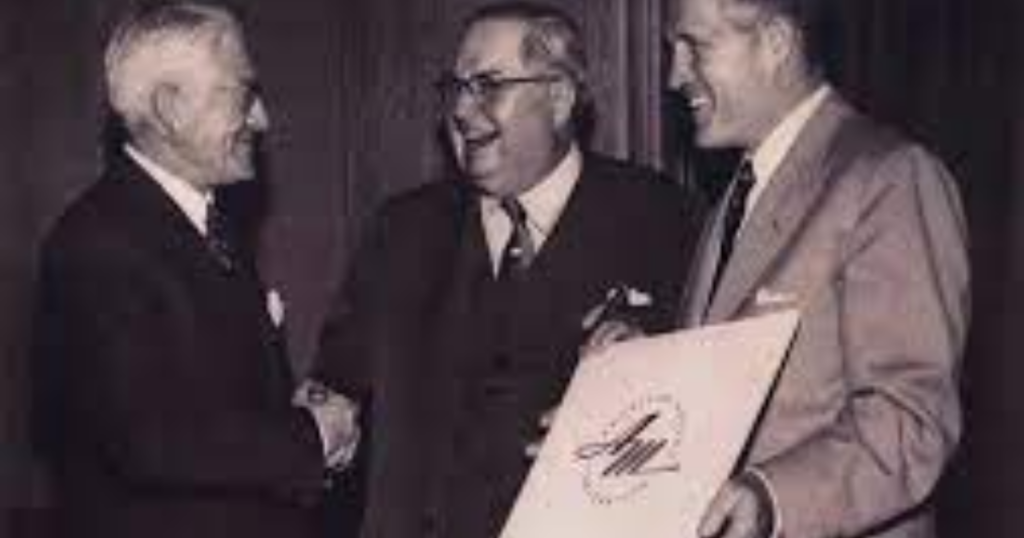
Following the merger of Hudson and Nash in 1954 to form American Motors, the step-down platform was discontinued in favor of a reskinned version of the Nash Ambassador carrying the Hudson name.
The second-generation Hornet, introduced in 1955, offered a choice between the reliable 308 CID L-head six or a Packard-built 320 CID V8. Unfortunately, declining sales led to the sole existence of the Hornet in the Hudson lineup by 1957, with the last Hudson rolling off the production line on June 25, 1957.

Despite the brand’s end, the Hudson Hornet’s legacy endured, and its recognition received a boost with the 2006 Pixar animated film Cars, featuring a character named Doc Hudson—a retired stock car hero voiced by Paul Newman.

The fabulous Hudson Hornet’s distinctive history continues to captivate enthusiasts and, thanks to popular culture, remains recognizable even to contemporary audiences.
